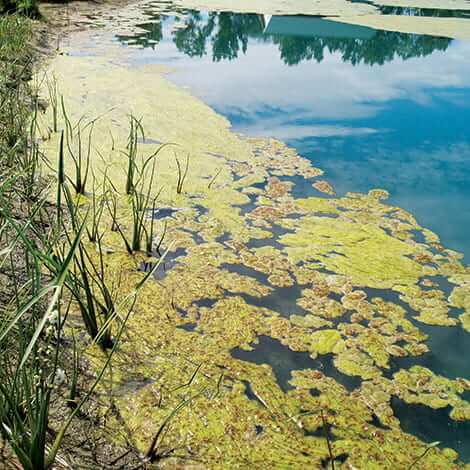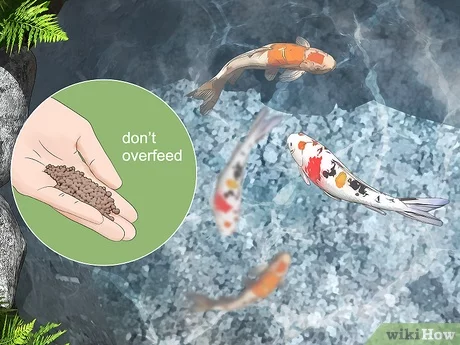Seaweed, also known as algae, can be a common nuisance in ponds. It can quickly take over and disrupt the ecosystem of the pond. If left untreated, seaweed can deplete oxygen levels, harm aquatic life, and make your pond look unsightly. Fortunately, there are several effective methods to get rid of seaweed in a pond. Let’s explore some of these methods below:
1. Manual Removal
One of the simplest ways to control seaweed in a pond is through manual removal. This involves physically pulling out the seaweed from the water. You can use a rake or a net to scoop out the seaweed. Be sure to remove as much seaweed as possible to prevent it from regrowing.
2. Barley Straw
Barley straw is a natural and effective way to control seaweed growth in a pond. When barley straw decomposes in the water, it releases compounds that inhibit the growth of algae. You can place barley straw bales in your pond to help prevent seaweed from taking over.
3. Aeration
Aeration can help control seaweed growth by increasing the oxygen levels in the pond. Proper aeration can create a healthy environment for beneficial bacteria to thrive, which can outcompete seaweed for nutrients. Consider installing a fountain or aerator to improve water circulation and oxygenation.

Credit: m.youtube.com
4. Beneficial Bacteria
Introducing beneficial bacteria to your pond can help reduce seaweed growth. These bacteria compete with algae for nutrients, making it harder for seaweed to thrive. You can purchase beneficial bacteria products specifically designed for controlling algae in ponds.
5. Pond Dye
Using pond dye can help control seaweed growth by limiting the amount of sunlight that penetrates the water. Seaweed relies on sunlight for photosynthesis, so reducing sunlight exposure can slow down its growth. Choose a pond dye that is safe for fish and other aquatic life.
6. Chemical Treatments
For severe cases of seaweed infestation, chemical treatments may be necessary. There are algae control products available that can effectively kill seaweed. Be sure to follow the instructions carefully and use chemicals responsibly to avoid harming other aquatic life in the pond.
7. Physical Barriers
Installing physical barriers in your pond can prevent seaweed from spreading. You can use pond netting or barriers to block sunlight and restrict the growth of seaweed. Make sure the barriers are properly installed and regularly maintained to be effective.
8. Regular Maintenance
Regular maintenance is key to preventing seaweed from becoming a problem in your pond. Keep the pond free of excess nutrients by removing debris and organic matter. Regularly check the water quality and address any issues promptly to prevent seaweed growth.

Credit: splashsupplyco.com
9. Shade Plants
Planting shade plants around the pond can help reduce sunlight exposure and inhibit seaweed growth. Choose plants that provide shade without overcrowding the pond. Consider adding floating plants or water lilies to create natural shade cover.
10. Professional Help
If you are struggling to control seaweed in your pond, consider seeking professional help. A pond maintenance service or aquatic specialist can assess the situation and provide expert advice on how to effectively manage seaweed growth in your pond.
By implementing these effective methods, you can successfully get rid of seaweed in your pond and maintain a healthy and balanced ecosystem. Remember to regularly monitor your pond and take proactive steps to prevent seaweed from returning. With proper care and maintenance, you can enjoy a beautiful and thriving pond free of seaweed.




